HERBSTAND
Yuta Hirano and Mana Minoru had long been interested in plants and herbs, but it wasn’t until a sort of personal research mission to New Zealand that they had an encounter that turned out to be the final tipping point for starting their business.
“Whenever our host uncle came home carrying a deer or a boar, he would also bring in freshly cut herbs from the garden and make a pot of herb tea. I thought it was cool that herbs, which I had always thought of as delicate, were being used in such a wild way,” says Yuta.
Upon moving back to Japan they chose to settle in Fujiyoshida, a small town at the base of Mt. Fuji known for its excellent growing conditions, with the plan to work with herbs professionally. To start out, they begun by hosting small pop-up mojito stands, and soon after were making tea and eventually growing the herbs themselves.

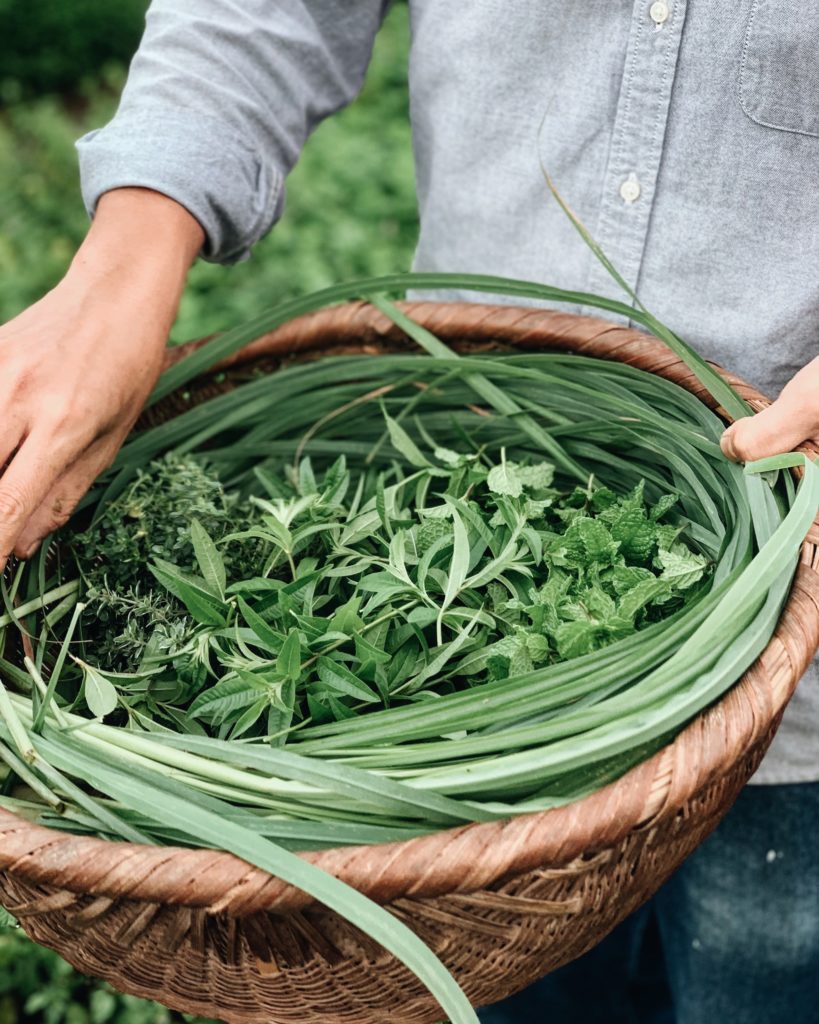
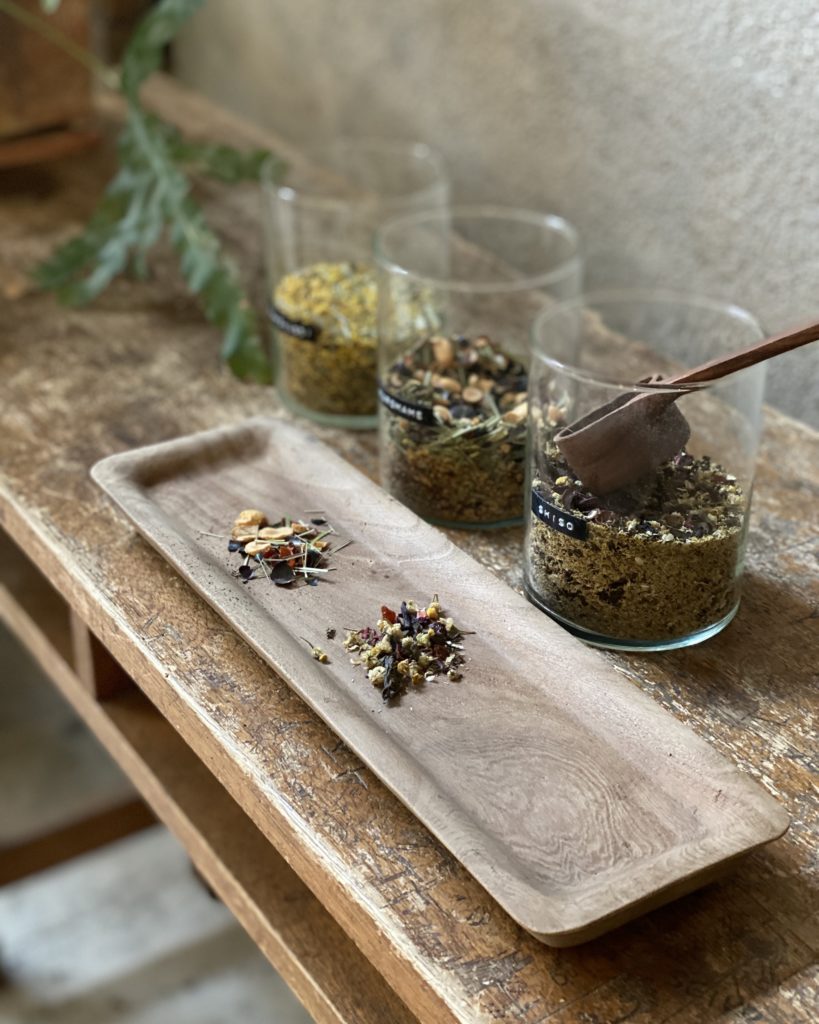
I first tried their tea at Hostel Saruya in 2017, and was immediately taken by the delicate subtlety of the ancient Japanese varieties. There was shiso, black bean, burdock root, yuzu, and more. I drank about two delicious liters of hot liquid that day.
What’s next for HERBSTAND?
“We would like to establish a system to deliver high-quality herbs grown at the foot of Mt. Fuji to more people, and we would also like to pursue new possibilities of herbs.”
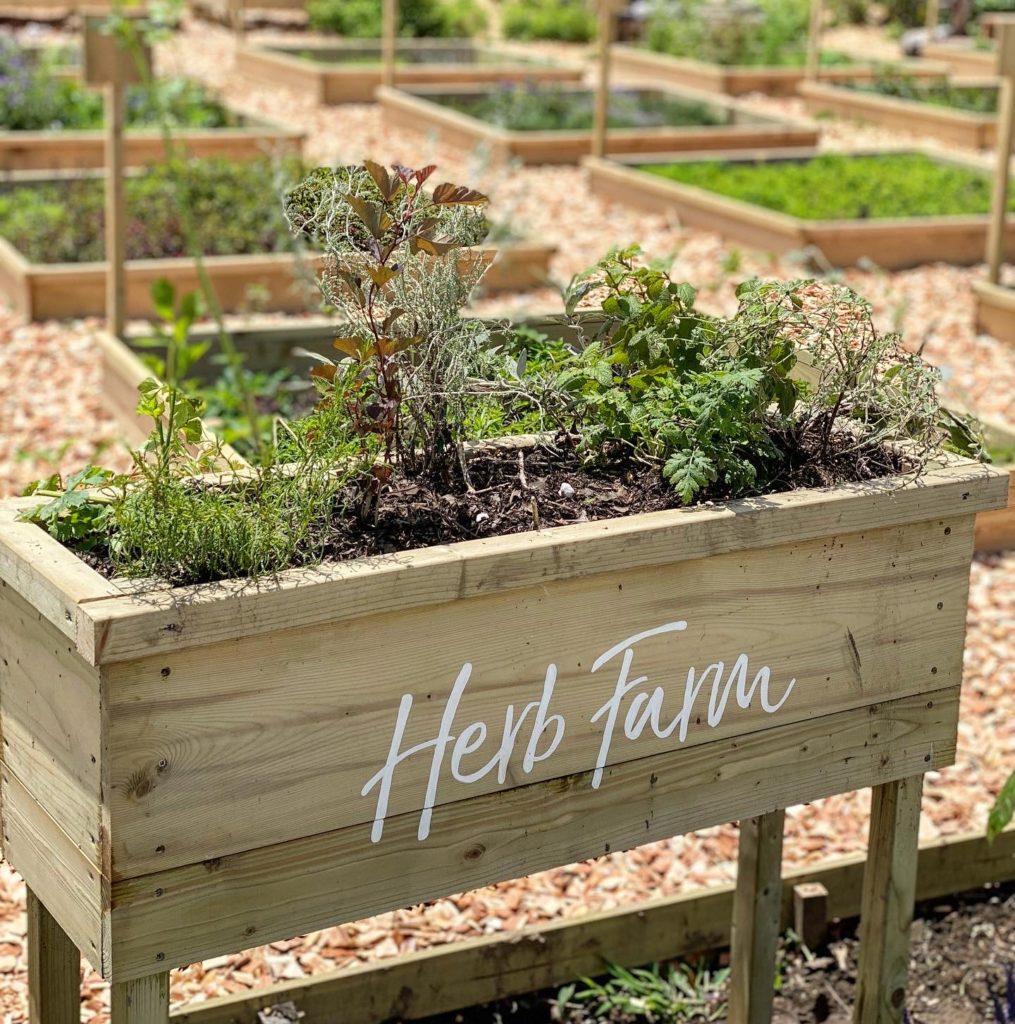
Chabashira
Idyllically based in Shizuoka near the sea, river and mountains, Chabashira has been creating tea since 2016. Chabashira’s president Masao Sugiyama was born and raised in Shizuoka, a place known for their consumption of tea, especially green tea. Growing up Masao worked part-time in a tea factory and also helped his grandparents out on the family tea farm.
“Climbing the hilly terrain with heavy bags of fresh leaves was tough, but it was fun to work together as a family and eat lunch and drink tea in the mountains,” recalls Masao.
After moving away from Shizuoka he begun to realize that maybe he had taken tea for granted and set out to do something about it. Masao wanted to allow people to drink tea easily and readily, and decided to start selling tea pre-prepared, a product that was and is dominated by the mass market. At first sip though, it’s clear this is anything but mass market. It’s rich and smooth, and tastes wistfully of nature.
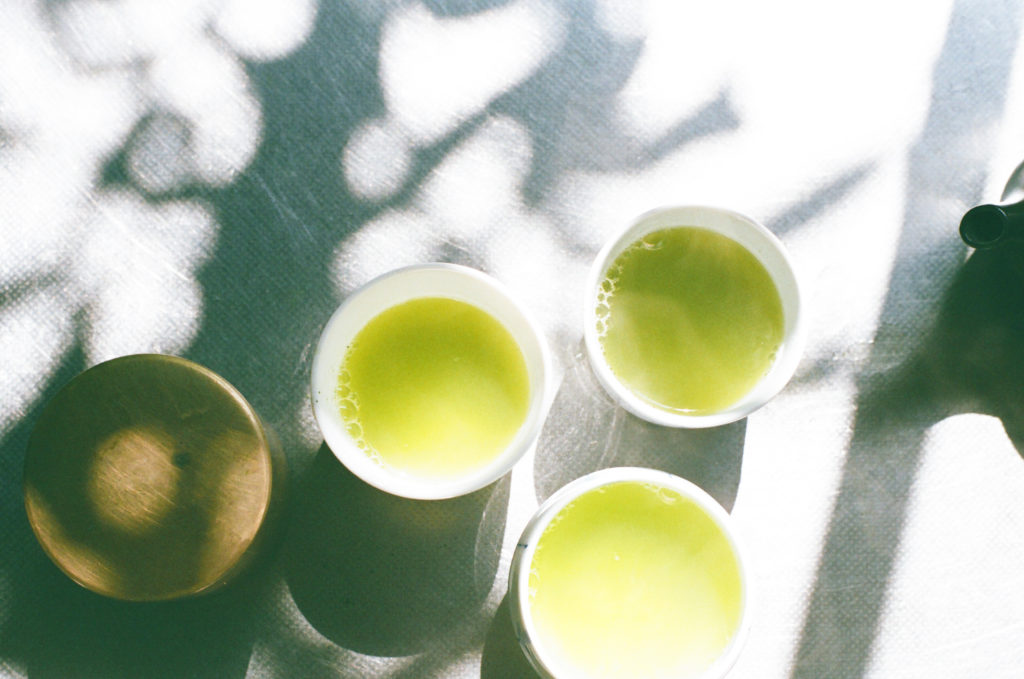
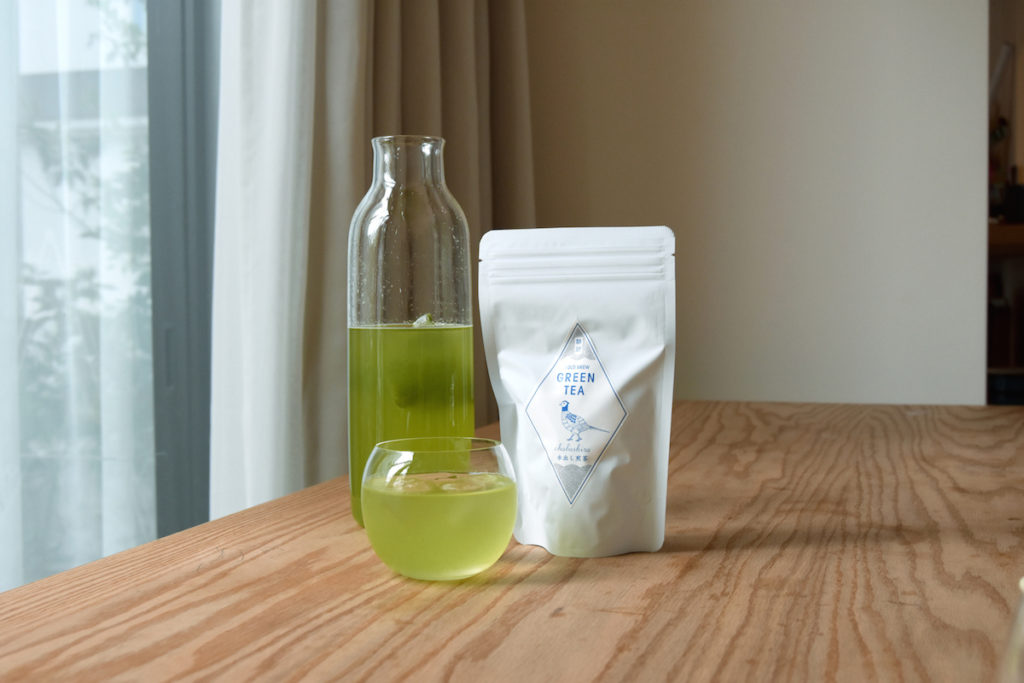
Chabashira understands that “through tea, people can connect with each other” and as such their bottled tea and now broader range of tea goods are mostly found at events or as part of collaborations.
“I love working with others! It’s better to work with local farmers, creatives and other individuals because you can go in interesting directions and make discoveries that you might not expect.”
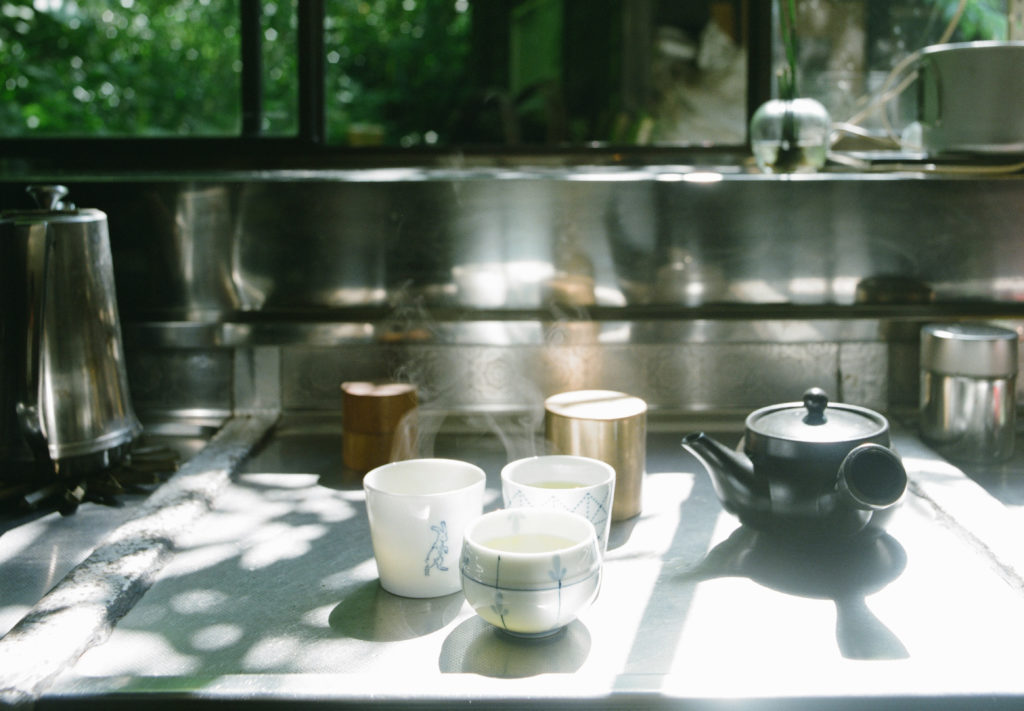
If you haven’t already got up to make yourself a cup of tea, now’s your chance. For more on tea and its history in Japan, check out this article.












